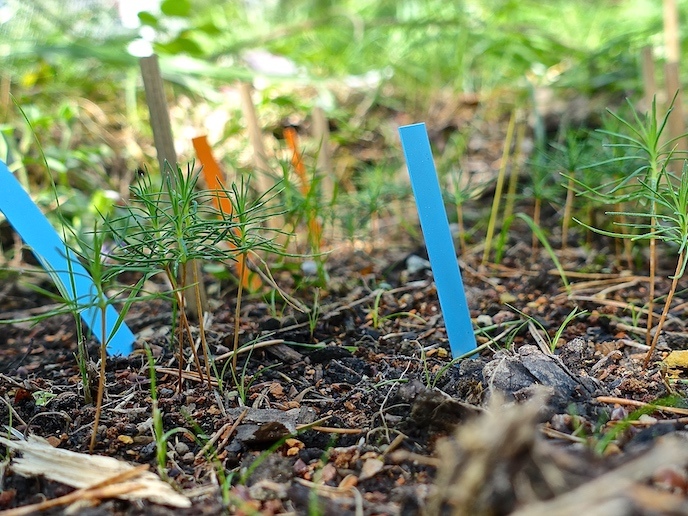Novel management approaches, treatment concepts and decision-support tools for sustainable agriculture
To feed growing populations, intensive farming methods are widespread, including the wide use of fertilisers and pesticides. Some of the adverse effects are: increased greenhouse gases (GHGs), such as nitrous oxide, carbon dioxide and methane; the pollution of water bodies by agrochemicals and nutrients; and degraded soils through lost organic matter and diminished biodiversity. The EU-funded INSPIRATION (Managing soil and groundwater impacts from agriculture for sustainable intensification) project has made some important scientific advances to address these impacts. “We now better understand how, at the catchment scale, GHG concentrations in groundwater are influenced by the interplay between hydrogeological, hydrogeochemical and land use processes,” says project coordinator Steven Thornton from the University of Sheffield, the project host. INSPIRATION identified specific conditions in aquifers under which these nutrients can be transformed into nitrous oxide, methane and carbon dioxide, and enter the atmosphere. This is valuable for quantifying and managing regional GHG emissions.
Treatment concepts
As a Marie Skłodowska-Curie Innovative Training Network, the project comprised 15 multidisciplinary early-stage researchers who employed laboratory, field and modelling studies to experiment, sample, monitor and evaluate technological solutions, at both farm and catchment scales. As farm drainage pollutes surface water and groundwater with nitrogen and phosphorous compounds, INSPIRATION developed treatment concepts using various natural materials (such as zeolite, woodchip, compost) to capture this nutrient run-off. Different mixtures of nutrients and the previously described natural materials were tested in laboratory batch and column experiments to find the best combination for permeability, adsorption and operational lifetime. The team then designed a solution for a dairy farm drainage scenario. Waste media were also investigated for use in land drainage systems to capture phosphorous for recycling back to land as a fertiliser, offering a sustainable solution to mitigate nutrient impacts on water, while reducing mineral fertiliser use. Additionally, a biosensor was developed to monitor the restoration of land degraded by heavy metal contamination. “This innovation measures the bioavailability of metals in soil, a more appropriate soil health indicator than total chemical concentrations. By identifying metal concentrations toxic to soil microorganisms, landowners can take remedial actions,” notes Thornton. Soils containing heavy metals were mixed with biochar, which adsorbs these compounds, reducing their bioavailability to microorganisms and so improving soil functions. Tests corroborated the biosensor’s performance in monitoring soil restoration.
Decision-making support
To assist with the selection of locally sourced material to treat nutrient surpluses in dairy farm drainage water, an open access decision-support tool, FarMit, was developed. FarMit includes a database of 75 materials assessed against performance and cost criteria. It was successfully tested in Belgium, Ireland and the United States, with different agricultural practices and nutrient scenarios. “The tool improves pollution mitigation at source, reusing locally available material and so reducing transport and operational costs,” adds Thornton. A modelling and decision-support framework was also created to quantify the impacts of different management techniques against indicators, such as crop yield, soil organic carbon content and nitrogen losses. The tool assesses management trade-offs to maximize sustainable production, while minimizing environmental impacts. “As indicators are traditionally evaluated separately, this is unique,” he explains. “The new framework also works at different scales. It can evaluate agricultural productivity, soil quality and environmental protection Europe-wide, for different crop-soil-climate combinations.” INSPIRATION’s research, techniques and tools support key EU legislation and policies, notably the Water Framework Directive and others on nitrates, groundwater, the sustainable use of pesticides, the European Green Deal and the Soil Thematic Strategy. These require Member States to adopt measures which protect, restore and ensure the long-term sustainable use of natural resources.
Keywords
INSPIRATION, soil, agriculture, carbon, nitrogen, organic pollutants, greenhouse gases, groundwater, drainage, nutrient, fertiliser, decision-support framework, dairy farm, biosensor







